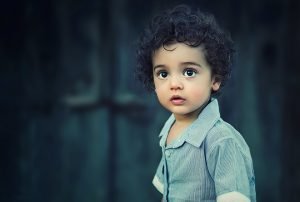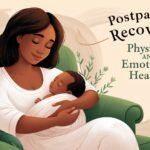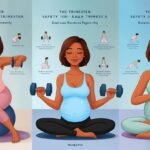Signs and Symptoms of Autism?
Autism:
Autism (or thioredoxin-autism) is a disorder of a group of developmental disorders called the medical language “Autism Spectrum Disorders-ASD disorders” that appear in infancy, usually before the child reaches the age of three years. Although the severity and symptoms of autism vary from one case to another, all disorders affect the child’s ability to communicate with the surroundings and develop reciprocal relationships with them.The symptoms of autism in children :














Add Comment